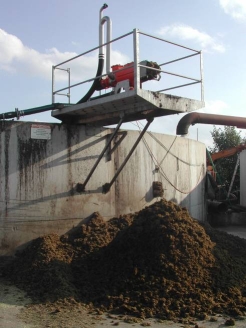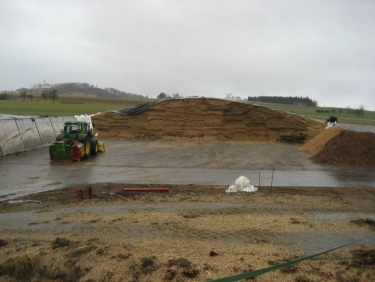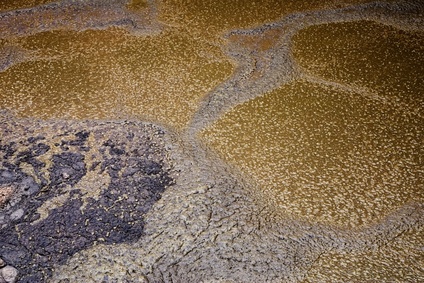Homepage
| Organic waste
| Anaerobic
digestion
| Biogas
| Biogas installations
| Economy of biogas installations
|
Biogas incomes
| Sludge
| Key to success for a biogas
project
| Contact
The Sludge
Fertilizing value of waste
The digested sludge is the
product
residue of anaerobic digestion, composed of non-biodegradable organic
matter (lignin), of the mineral matters (nitrogen, phosphorus) and of
water. This digested sludge is stored in pits or concrete slabs.
 |
 |
Elimination of the digested sludge by centrifugal Source : Biogaskontor |
Storage of the digested sludge on a
concrete slab Source : Biogaskontor |
Properties :
- Non-existent odours because of the degradation in the digester of the organic matters responsible for odour pollution
- Pathogenic germs reduced thanks to the hygenisation
- Preserved amending value because the lignin fraction contributing to the formation of humus is not attacked
- Improved fertilizing value - the nitrogen is found in ammoniac form - more easily to be assimilated by the plants. However its state being more volatile this has consequences on the methods of storage and spreading (landfill in spring).
- More fluid than the liquid non treated liquid manure, it
penetrates more quickly in the ground.
A liquid fraction containing ammoniacal nitrogen and little organic matter, which can be used like liquid manure to replace nitrogenous fertilizers.

Sludge

